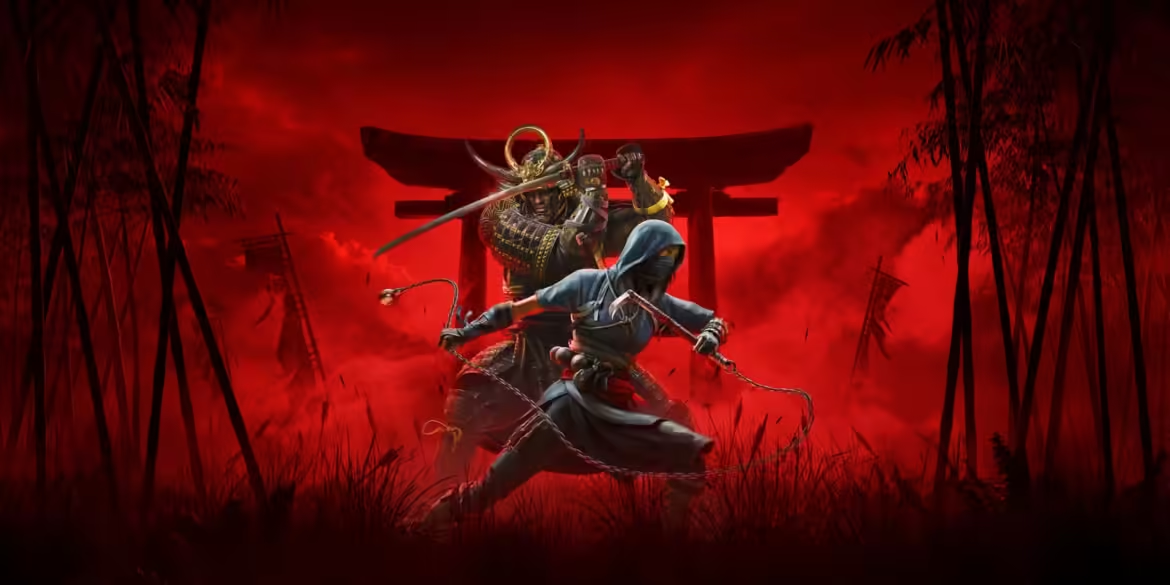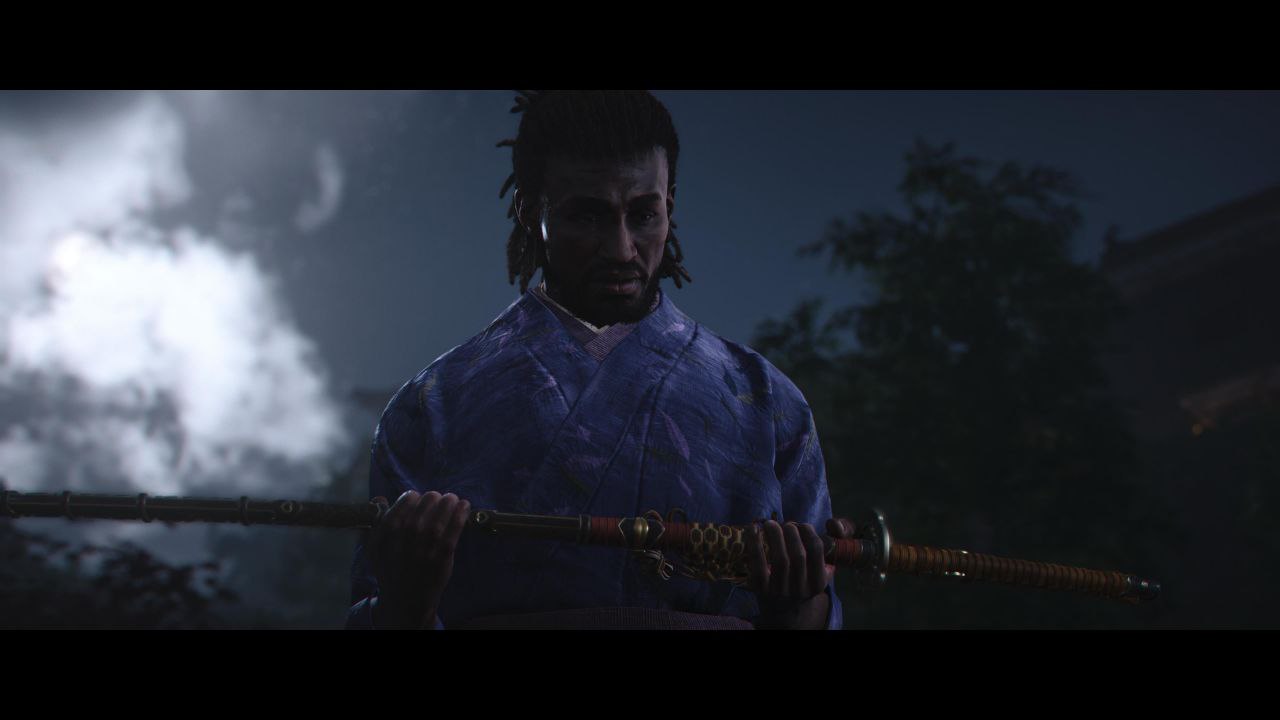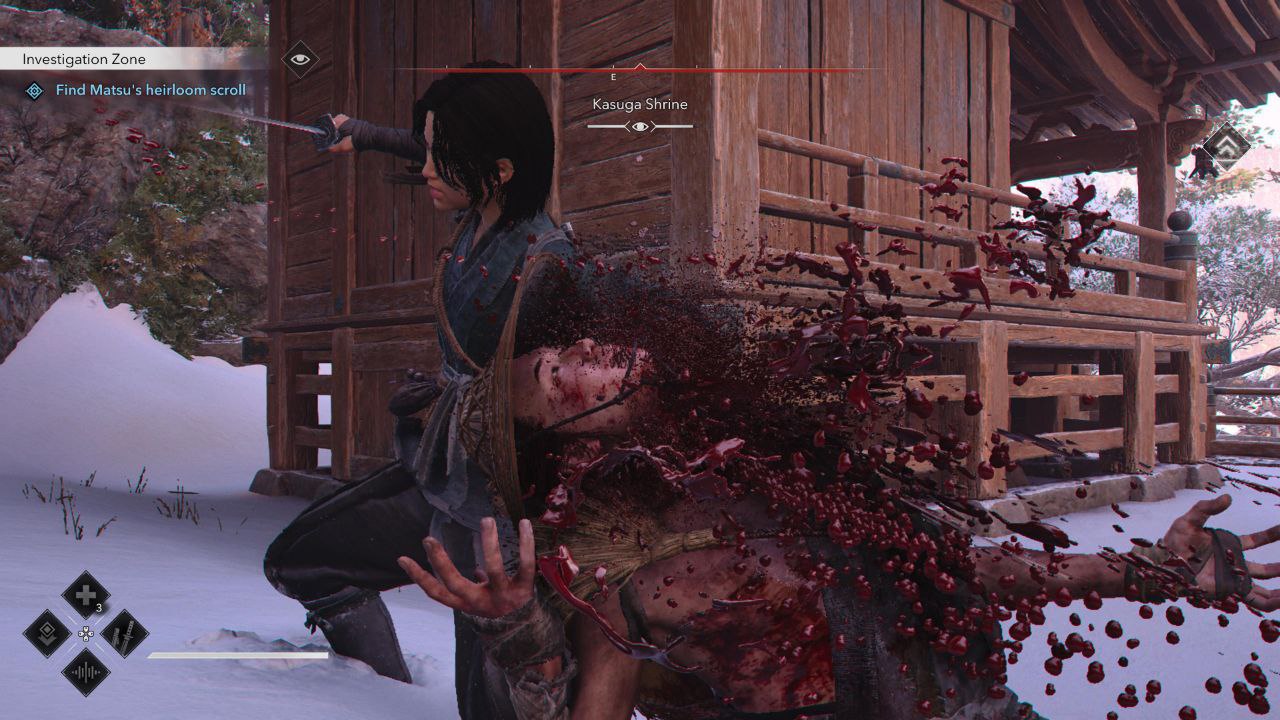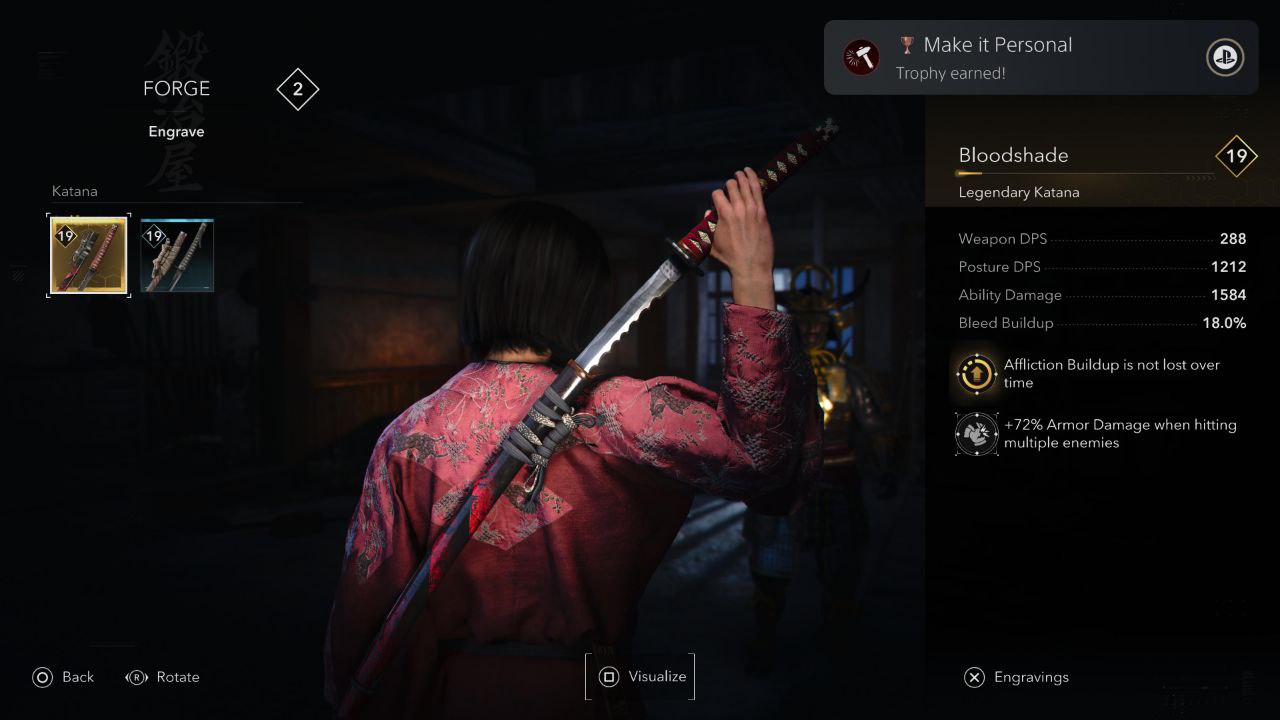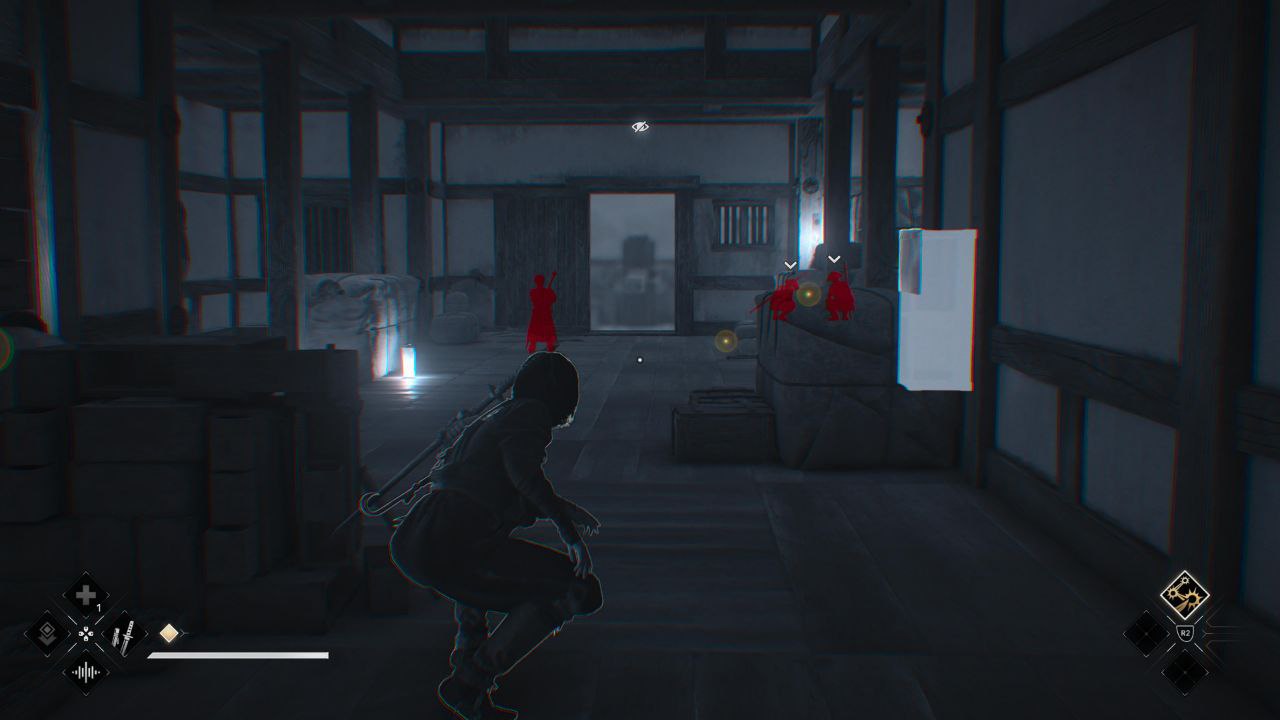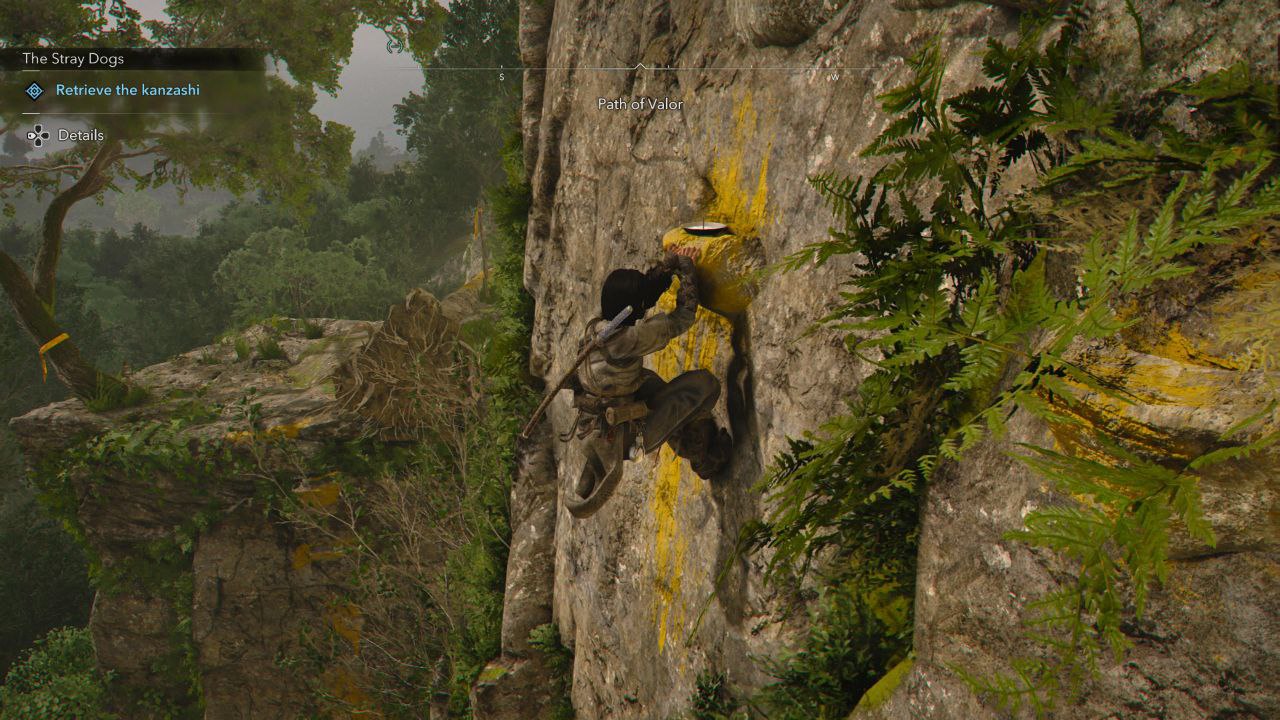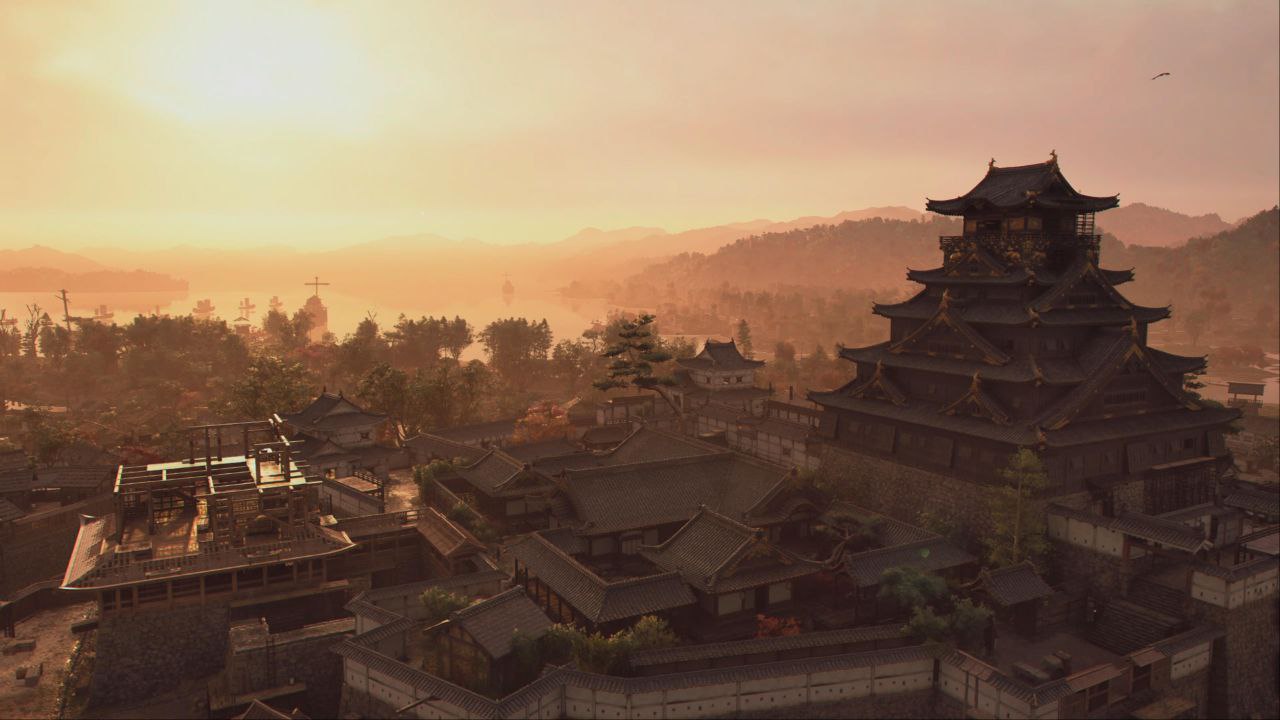Assassin’s Creed Shadows is the latest installment in the AC franchise by Ubisoft, where you play as two different protagonists with their own storylines that intersect throughout the game.
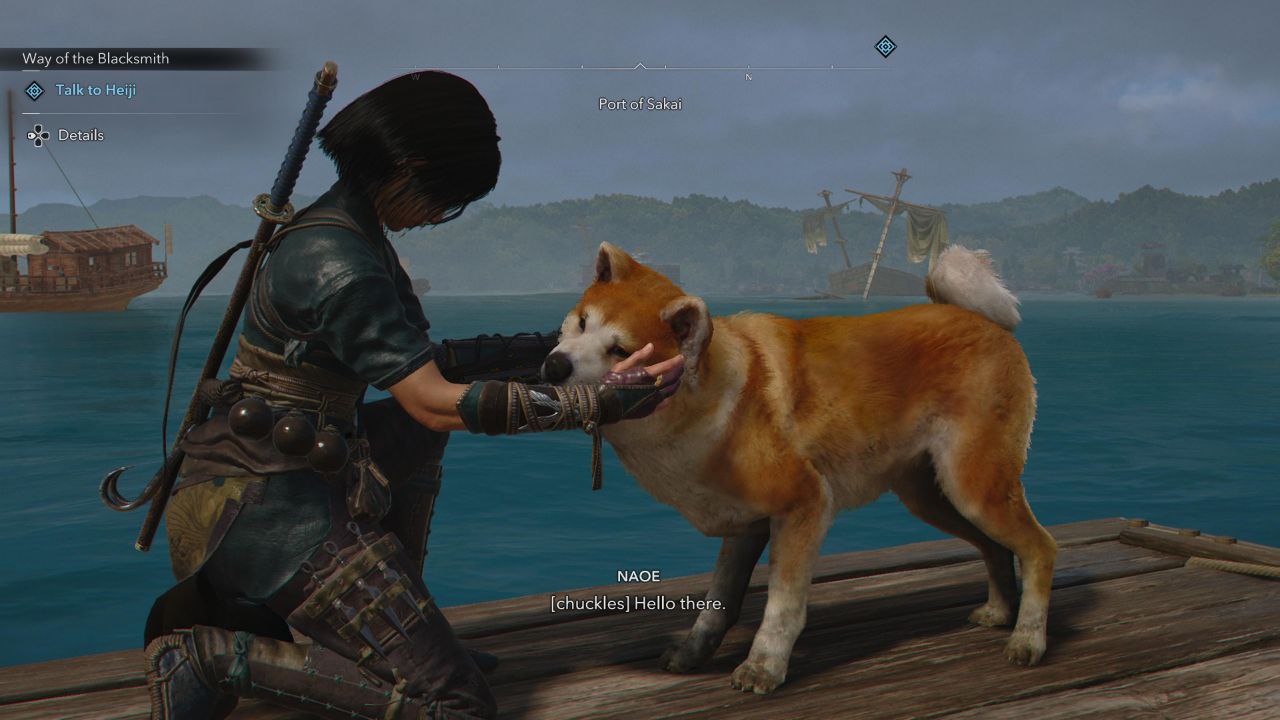
Shadows is set in Feudal Japan during 1579 CE, taking place between the storylines of AC Valhalla and AC Odyssey. Both protagonists, Naoe and Yasuke, have complete story arcs and memorable supporting characters. This time, the storyline is significantly better compared to previous installments in the series.
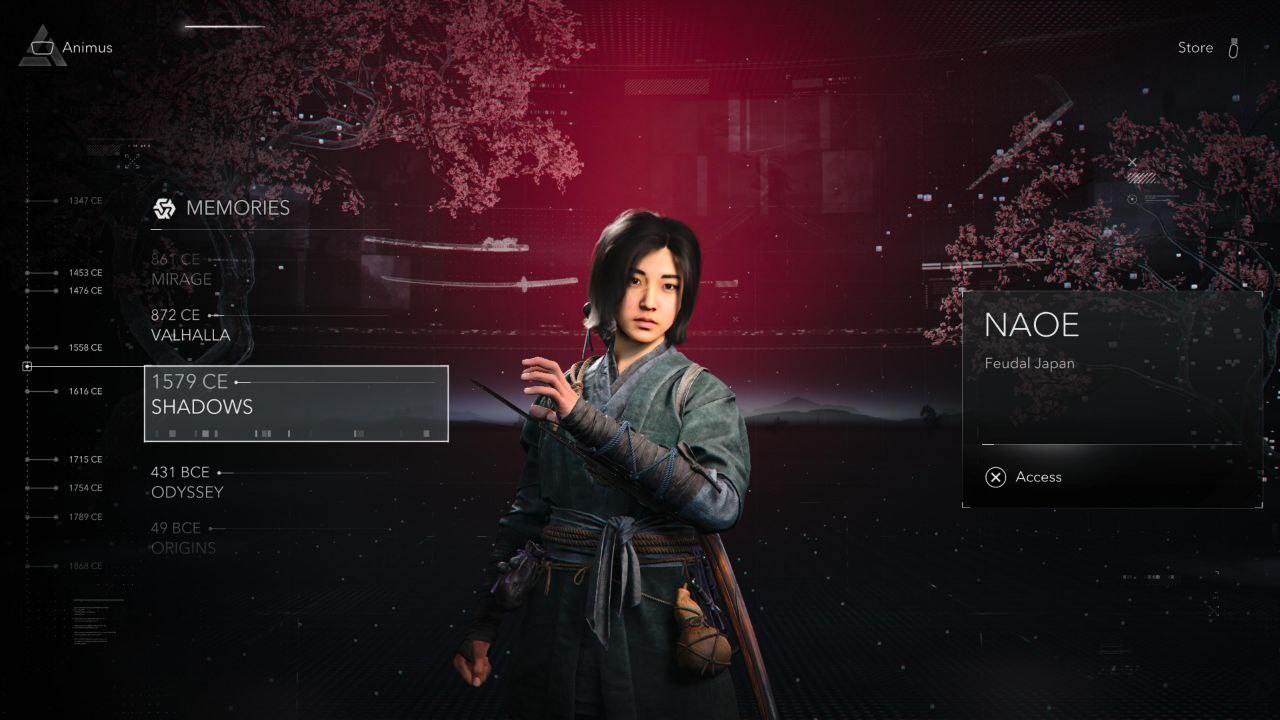
After the brief prologue, you enter the open world, beginning as Naoe, a trained shinobi ready to face any challenges on her journey. There are significant improvements in terms of world-building and character depth. Firstly, fetch quests are kept to a minimum—it’s more about meeting someone to start a mission. The characters feel far more engaging and multidimensional than the often bland and forgettable figures in prior games.
Secondly, facial and gameplay animations have also been enhanced. The facial movements now sync with spoken dialogues in cutscenes, making the emotions more vivid and realistic—a much-welcome improvement.
The world map is well-optimized, neither too small nor overwhelmingly large, fitting the storyline perfectly while leaving room for additional side quests. Side quests integrate seamlessly into the main storyline, offering deeper insights into supportive characters and their narratives.
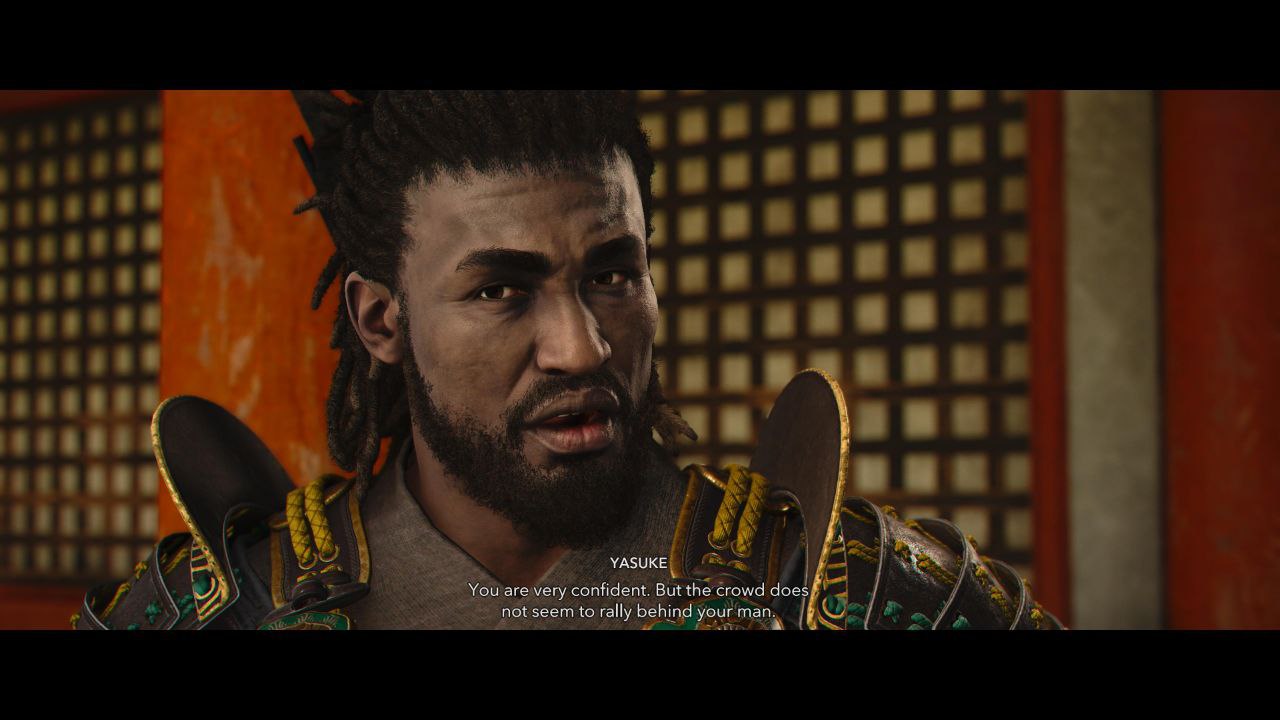
Once Yasuke is unlocked, you can choose to play as either protagonist. While certain missions require Yasuke, you are otherwise free to swap between them outside of combat.
Movement and traversal have been upgraded, too. Naoe sprints with the agility of a shinobi, scaling walls and rooftops with its trusty anchor to pull her up.
Yasuke on the other hand, a warrior in heavy armor, is more grounded, unable to climb like Naoe but excelling in raw power. This allows for varied tactical approaches depending on the mission.
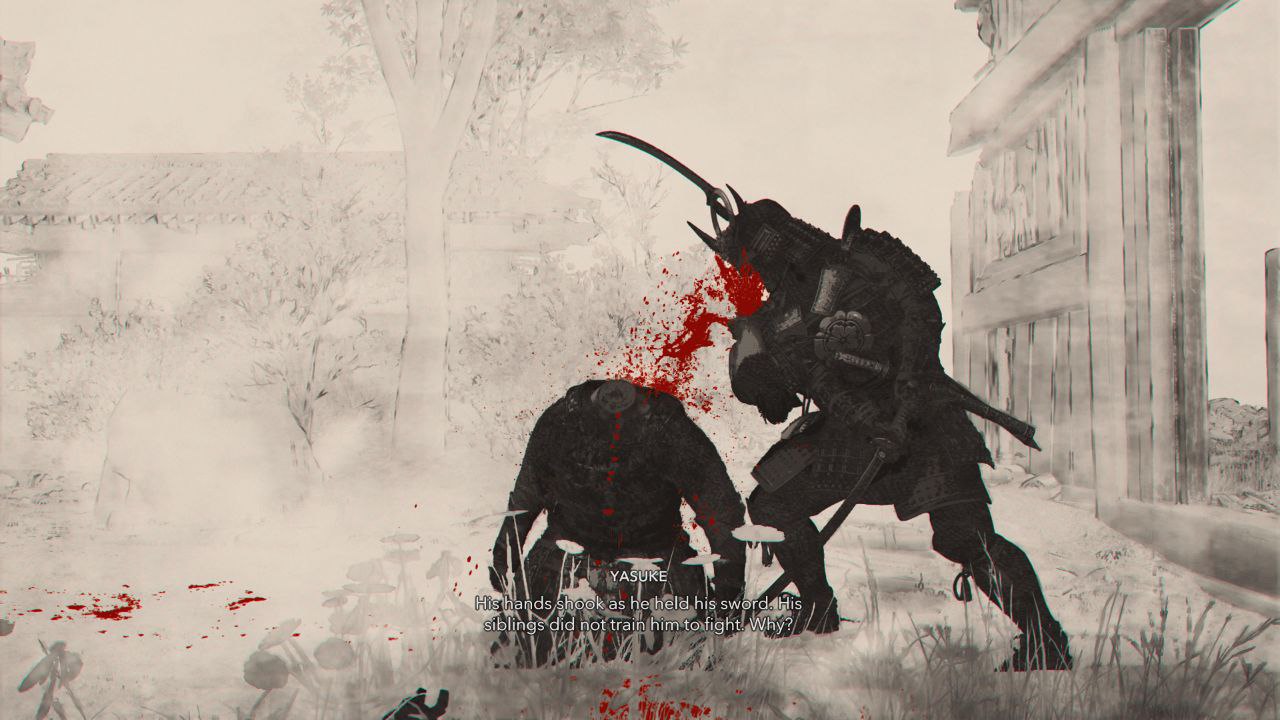
Visually, Shadows is stunning, with lush, green vistas spread across diverse regions and sub-regions, each with its own theme and “lived-in” feel. Although settlements and NPCs might look somewhat uniform, this time, they feel vibrant and authentic, complete with details such as your horse slowing its pace within populated areas.
The game performed flawlessly on the base PS5, maintaining a steady 60 FPS in gameplay, though cutscenes are locked at 30 FPS, which disrupts the immersion slightly.
Naoe and Yasuke each have unique fighting styles and weapons, complete with brutal finishing moves and special abilities. Naoe employs shinobi tools, while Yasuke relies on sheer strength to overpower enemies.
Both characters’ abilities can be upgraded via the Mastery tab in the pause menu, with fewer grind-heavy mechanics this time, enhancing the immersive gameplay experience. Their inventory and mastery upgrades are manageable from the pause menu, requiring tools and materials for upgrades.

Weapons are also customizable—if you prefer the appearance of a lower-tier weapon but want its stats to match a higher-tier weapon, you can use the visual customization option. Each weapon type has distinct weight and impact; heavy weapons, light stabs, and firearms (usable only by Yasuke) cater to different playstyles.
Looting corpses and chests is crucial for replenishing supplies like health bars and upgrade materials. Naoe’s traversal abilities include an anchor for scaling walls and rooftops and a sense for detecting enemies and treasure, akin to The Last of Us’s wall-sensing mechanic. Legendary and regular chests are marked for easy looting.
Yasuke, on the other hand, can break through doors with his sprint and kick abilities, compensating for his lack of climbing skills with raw power. This dynamic makes Naoe the better explorer and Yasuke the superior fighter.
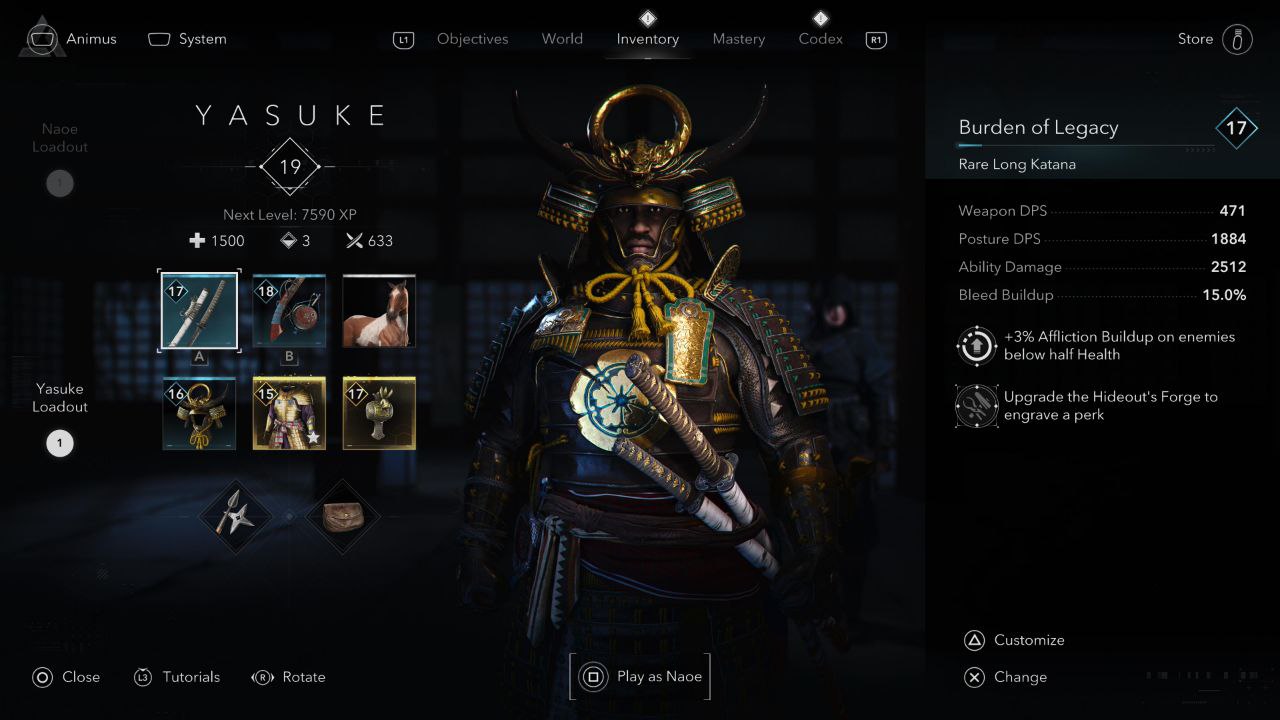
Your choices don’t significantly affect the storyline, as the game gives plenty of opportunities to prove your worth. Hidden clans and evil groups can be hunted down for legendary rewards, initiated through NPCs or supporting characters providing information. Scouts help locate these groups or other objectives by marking areas for exploration.

The map is packed with side quests, hidden lore, loot surprises, and more. The loot surprise mechanic appears inspired by Ghost of Tsushima, where following visual cues, like yellow lines, leads to hidden treasures. Visiting shrines and praying grants knowledge points, and collecting a few unlocks upgrade points for the Mastery tab.
Enemy AI though is a bit of a mess which acts dumb and does not improve much as you would have to be up close to them to detect you making the game very easy to play and finish no matter which level you are at. This is the only grip I have with this game apart from the cutscenes being locked to 30 FPS but other than that, its solid!
Disclaimer: Thanks to Ubisoft India for providing an early game code for this review.
Assassin's Creed Shadows PS5 Review
Conclusion
Ubisoft has finally struck gold with Assassin’s Creed Shadows, blending visuals and gameplay seamlessly with an engaging plot and rich characters. A great deal of effort has gone into this installment, and I haven’t been able to put the controller down, even after countless hours. Highly recommended!

